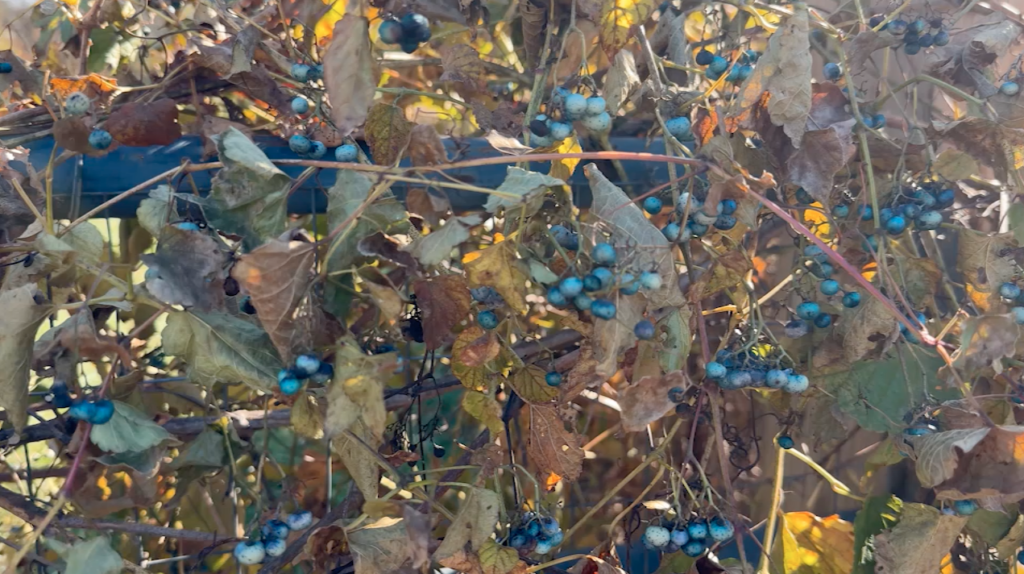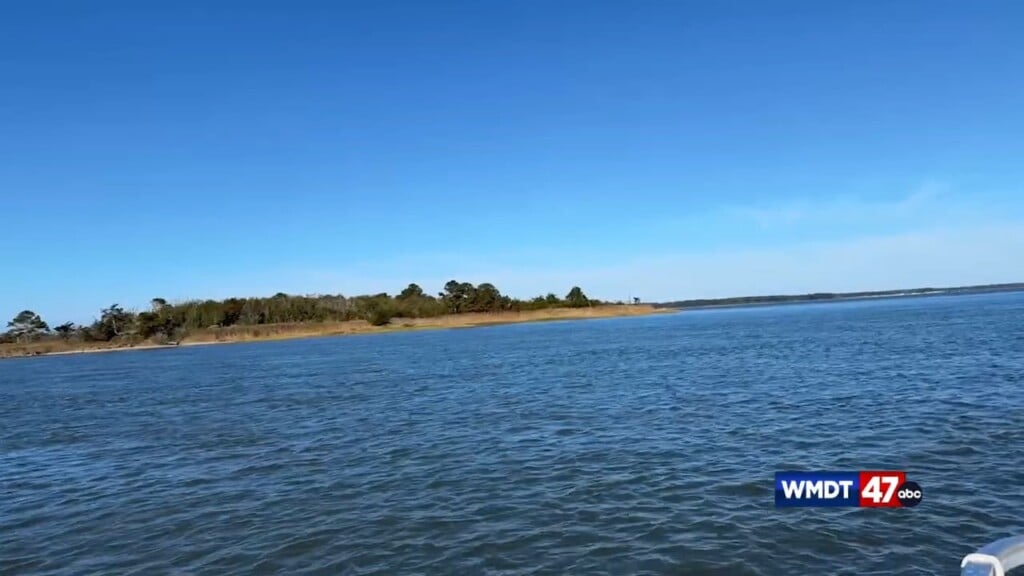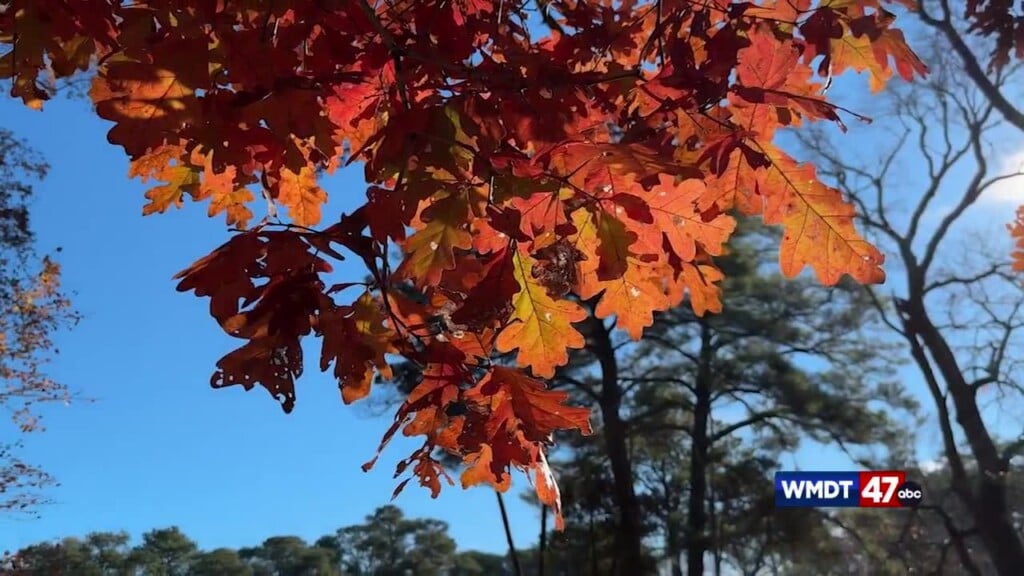Live Green: Delaware Inland Bays – Mini Forests
LEWES, De – The Delaware Inland Bays have been working on a project called “Mini-Forests,” aimed at managing landscapes in communities’ back yards.
“We are a member of the National Estuary Program, which is one of 28 estuaries of importance around the US, but we are actually locally based, locally grown right here working in the inland bays in southern Delaware.” Director of Science and Restoration, Meghan Noe Fellows said. “Our program has been going on for about three years where we have communities that have extra land. In this case, Sussex County was able to turn their community drain field into a county sewer. So, there was about 10 to 12 acres here that wasn’t built, wasn’t going to be doing anything and wasn’t needed to properly treat the sewage waste.”
Each mini forest that has been planted is 15 by 30 feet, and at the Oak Crest development, they have eleven mini forests. Which consist of a variety of trees, shrubs, deer-proof fencing, a surrounding meadow and even a dead hedge as Fellows called it.
“This community really took this idea of backyard parks and ran with it. So, what they’ve built here is a demonstration dead hedge. This is a great option for any of those branches that might fall down or even leaves in the fall because it can be a pain to try to dispose of them improperly,” Fellows said. “Around here, we don’t have a lot of yard waste pick up, and this structure can actually create a neat visual aspect on your landscape. It kind of recycles all of that material back into the soil because over time it will compost for the parts that are on the bottom. In the meantime, it provides habitat for birds and bunnies and some insects and worms and all sorts of good creatures that you would want in your yard.”
With the influx of development, communities wanted to see more nature in their own backyard. Groups like The Re-wild Landscape Committee of the HOA of that community reached out to Delaware for Inland Bays. They saw a vision to turn their very short half dust drain field into a functioning ecosystem. Seasonal reforestation specialist, Jaz Peterson shared this is an opportunity to protect our biodiversity.
“Half the time, most of the people leave for half the year, and then what is left for the people that live here? No access to green space and or parks.” Peterson said, “These mini forests – they’re steps to finding a different solution for what’s left of the open space in our communities and for smaller, undeveloped land.”
Their goal is to partner with 10 communities but anyone can get involved through volunteering or by planting a mini forest in their own backyard.
Fellows encouraged, “If communities want to reach out to us and learn our approach, we can actually build one mini forest in the community, and that doesn’t sound like a lot, but it’s actually perfect if you just have a small space.”
For more information on the project mini forests, or to volunteer, you can visit the Delaware Inland Bays website.


